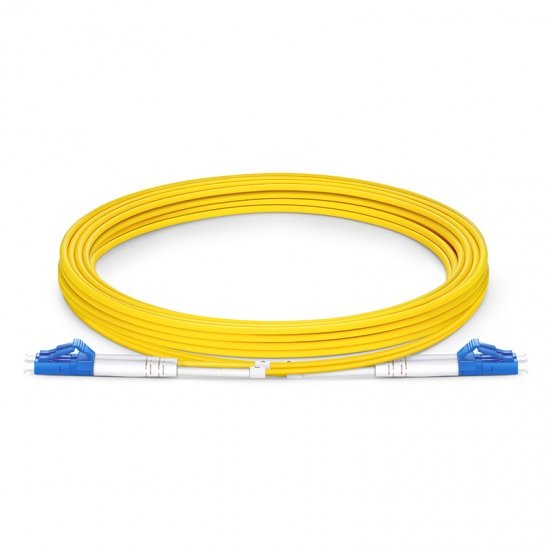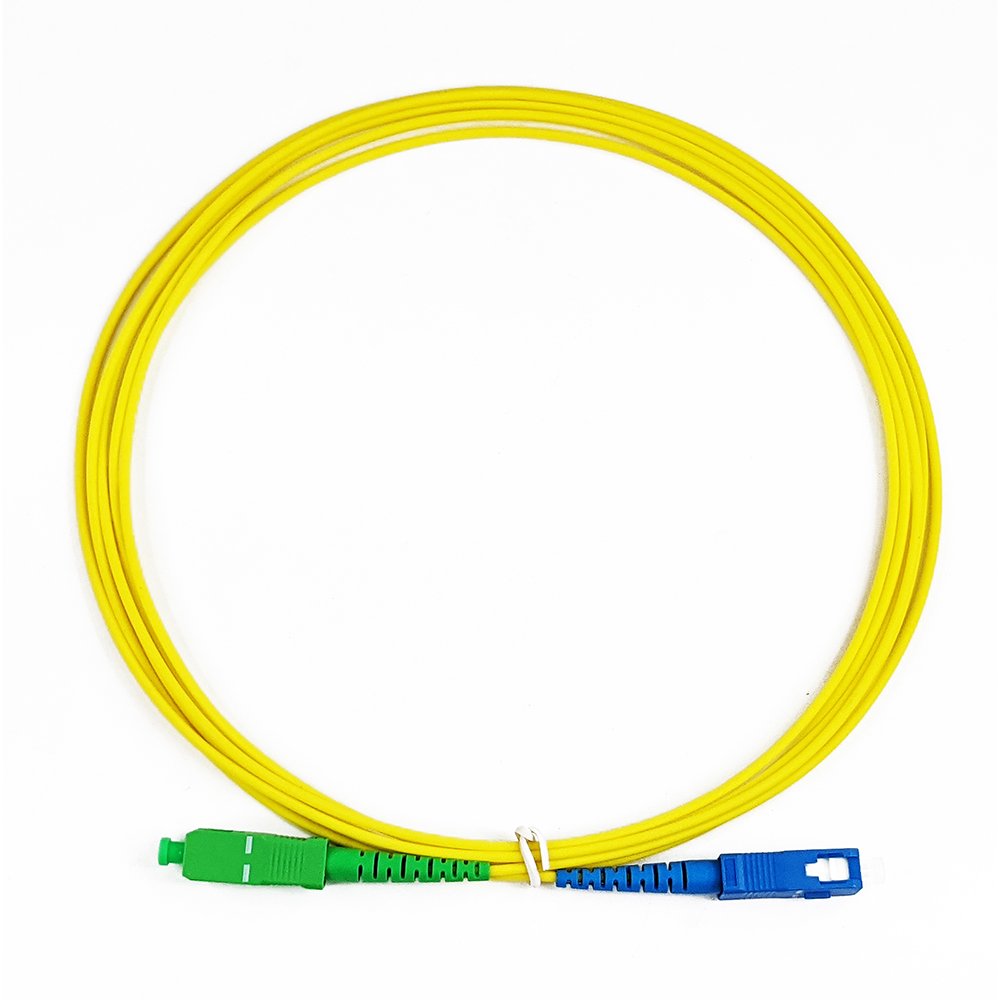PASSIVE NETWORKING
Passive networking refers to the use of passive components in a network to transmit and receive data. Passive components are devices that do not require a power source to operate, and are used to transmit, amplify, or redirect signals in a network.
In a passive network, data is transmitted over fiber optic cables, which use light to transmit data over long distances with minimal signal loss. Passive components such as fiber optic splitter, couplers, and repeaters are used to split, combine, or amplify the data transmitted over the fiber optic cables.
Passive networking is commonly used in telecommunications and networking applications to transmit data over long distances, such as in fiber-to-the-home (FTTH) systems and internet service provider (ISP) networks. It is also used in industrial and military environments where the use of fiber optic cables is necessary for long-distance communication or to protect against electromagnetic interference (EMI).
One of the main benefits of passive networking is its low cost and simplicity, as it does not require the use of active components such as switches or routers. It is also highly reliable, as it is less prone to failure due to the lack of moving parts or power requirements.
Overall, passive networking is a cost-effective and reliable solution for transmitting data over long distances, and is widely used in a variety of telecommunications and networking applications.
Showing all 8 results








